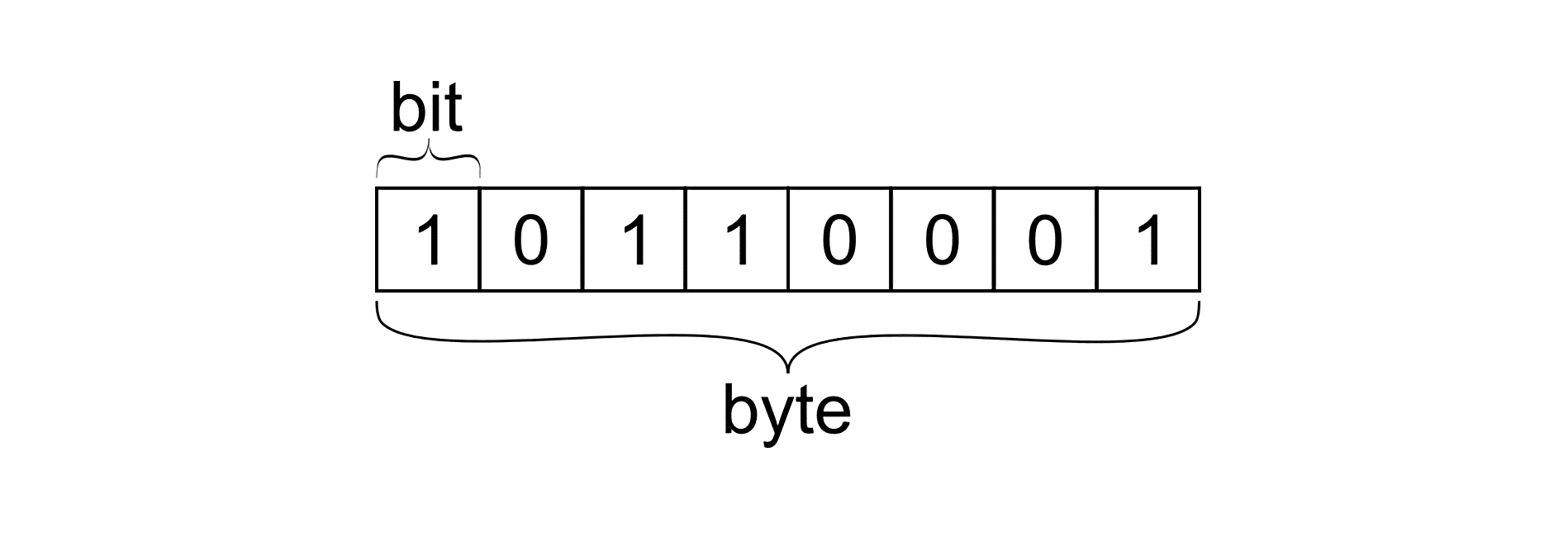Every piece of data in your computer, from the smallest text file to the largest video, is made up of ones and zeros. These are the most basic units of information used in computing, known as bits (short for binary digits).
We can think of bits like the atoms of the digital world. Individually, they carry a tiny amount of information, but when combined, they can represent vast amounts of data. This is where bytes come into play. A byte is a collection of 8 bits that work together to store an individual character or value in a computer system.
Why exactly are there 8 bits in a byte?
- 1.Memory Addressing: Early computers were designed to handle text and numeric data. With 256 possible combinations of 8 bits, this allowed for character encoding systems like ASCII to represent a wide range of characters, including lowercase and uppercase letters, numbers, and punctuation marks.
- 2.Convenience: Having 8 bits in a byte allowed for easy manipulation and calculation of data without burdening the system with unnecessary overhead. Larger byte sizes would require more extensive hardware components, while smaller byte sizes would limit the system's capabilities.
- 3.Standardization: Over time, as computer systems became more sophisticated, the 8-bit byte size proved to be efficient and manageable. Consequently, the computer industry adopted this size as the standard, leading to the prevalence of 8-bit bytes across various systems.

